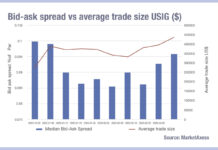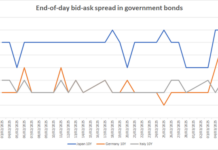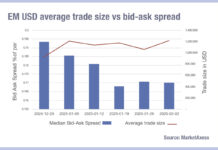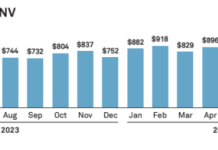In an environment of rapid market shifts and mounting uncertainty, recent ICE data reveals that while volatility in U.S. credit markets has surged, European markets have remained steadier. Persistent global trade tensions have led investors to re-evaluate their risk profiles and adjust their portfolios as intermittent tariff policies disrupt traditional capital flows.

Early in February 2025, US markets enjoyed strong momentum—the S&P 500 hit record highs on 19 February and yields on the benchmark ten‑year U.S. Treasury notes began to ease from an eighteen month peak. Yet by late March, concerns over inconsistent tariffs imposed by major trading partners reversed that optimism, nudging equities toward
European high-yield issuers.
Investor behavior has mirrored these market adjustments. Safe-haven assets like money market funds experienced substantial inflows, with balances rising to US$7.3 trillion by February 2025, US$400 billion higher than in October 2024. At the same time, U.S. equity funds saw significant outflows. Data from the Investment Company Institute shows that in the first two weeks of March alone, equity fund withdrawals reached almost US$33.4 billion, dwarfing bond fund outflows of US$2.3 billion during the same period.
Meanwhile, regulatory developments continue to shape the broader financial landscape. The SEC has delayed the implementation of amendments to the Investment Company Names Rules for larger funds until June 2026, and the European Commission has introduced an omnibus draft bill aimed at easing sustainability reporting requirements under directives like the Corporate Sustainability Reporting Directive (CSRD) and Corporate Sustainability Due Diligence Directive (CSDDD).
©Markets Media Europe 2025 TOP OF PAGE
























